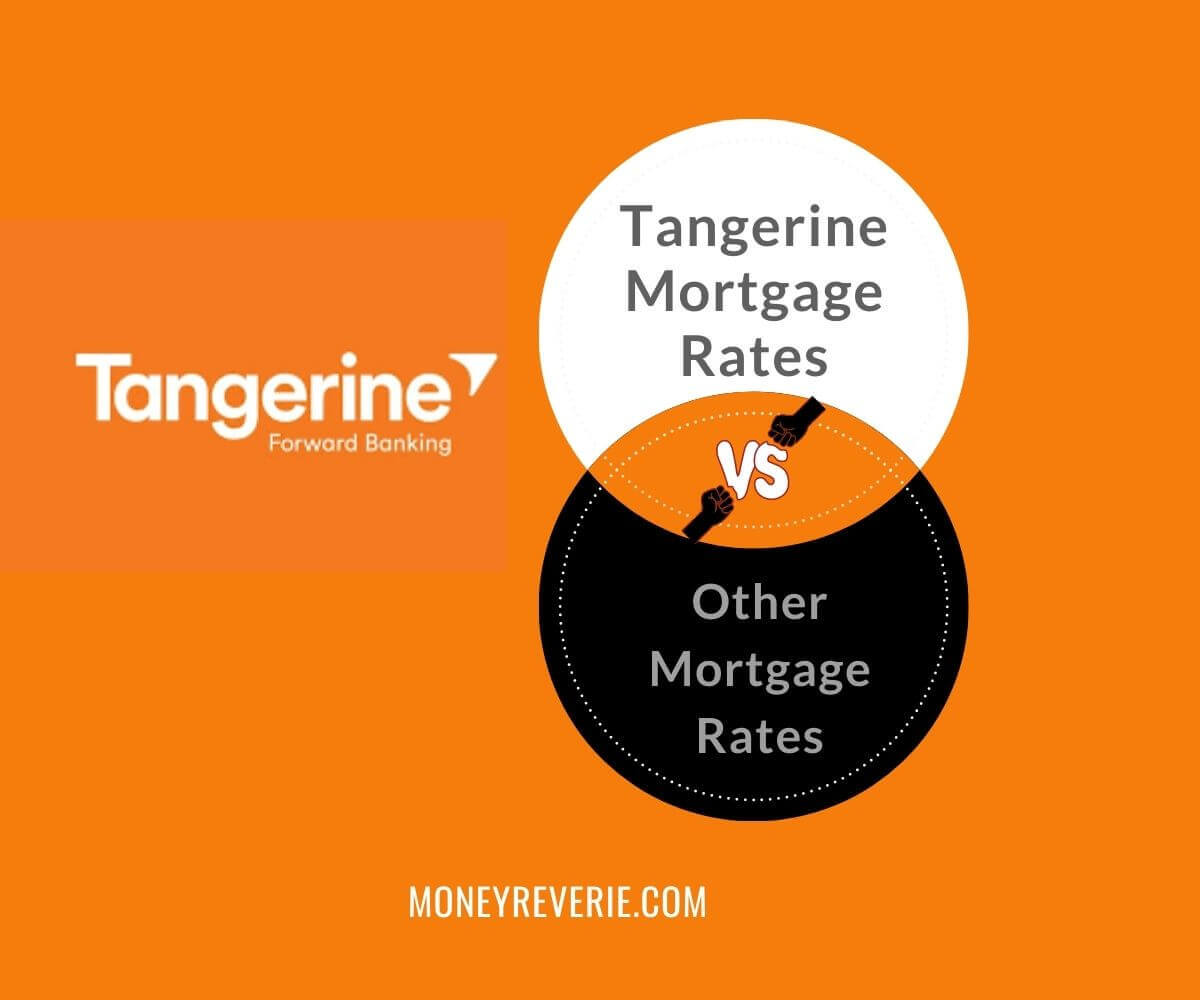Life insurance serves as a crucial financial safety net, providing the assurance that your loved ones will be financially secure when you pass away. When it comes to selecting the right life insurance policy, two primary options emerge: term life insurance and whole life insurance.
Term life insurance provides coverage for a predetermined period, extending a death benefit to your beneficiaries if you pass away during the policy term. On the other hand, whole life insurance offers coverage for your entire lifetime. Notably, term life insurance is generally more affordable than whole life insurance and is the more prevalent choice among individuals.
In this blog post, we will delve into a comprehensive comparison of term and whole life insurance, exploring the advantages and disadvantages associated with each type of coverage.
Term Vs Whole Life Insurance: A Quick Glance
Term Life Insurance | Whole Life Insurance |
Temporary coverage for a fixed period of time | Guaranteed lifelong coverage |
Benefits will be received only at policyholder’s death | Benefits may be received during the lifetime as dividends or loans |
Best suited for temporary needs (mortgage, children’s education, lifestyle protection) | Best suited for permanent needs (estate planning, retirement income, final expenses) |
Death benefit is fixed when policy is purchased and doesn’t change | Death benefit may increase with dividends |
Loans/withdrawals cannot be taken against the policy | Policy loans can be taken and dividends may be withdrawn |
Offers death benefit but does not build any cash value | Offers death benefit and access to a growing cash value |
What Is Term Life Insurance?
Term life insurance offers a straightforward and cost-effective way to secure your loved ones’ financial future. Typically, it provides coverage for a predetermined period, which can range from 10, 20, or 30 years, or until you reach a specific age. In the unfortunate event of your passing during this period, the policy pays out a death benefit to your chosen beneficiary.
The funds received from the policy’s payout can be a lifeline for your beneficiary, assisting with essential expenses like daily living costs, college tuition, mortgage payments, or outstanding debts.
It’s important to note that term life insurance only provides the promised payout if you pass away within the specified policy term. If you outlive your policy and it reaches its end, your beneficiary will not receive any benefits. However, as your policy nears expiration, you often have the option to renew it without the need for a new medical examination, although this renewal may come with higher premiums.
Some term life insurance policies offer a conversion rider, allowing you to transform your term coverage into whole life insurance, providing a more permanent solution. But it’s crucial to keep up with premium payments, as letting your policy lapse or discontinuing payments will terminate your coverage.
Pros and Cons of Term Life Insurance
To help you make an informed decision, we’ll explore the pros and cons of term life insurance. Whether you’re new to the concept or looking for a refresher, understanding the advantages and disadvantages of term life insurance is essential in securing your family’s financial future.
Benefits of Term Life Insurance
- It has a guaranteed death benefit amount.
- The premiums are more affordable than whole life insurance.
- Your insurance premiums stay the same during the level term period.
- You can convert term life to a permanent policy.
- If you want a policy specifically to cover your income-earning years, term life insurance is a good fit.
- If you want coverage for specific financial concerns with a timeline, such as a mortgage, you should consider term life insurance.
Drawbacks Of Term Life Insurance
- Coverage is temporary and has an expiry date
- No cash value that you can tap into while you’re alive.
- Premiums increase upon renewal
- If you still need life insurance after the term, renewal rates might be unaffordable.
What Is Whole Life Insurance?
Whole life insurance, often referred to as permanent life insurance, is a comprehensive policy with numerous advantages. It provides coverage for your entire lifetime, ensuring that your policy remains in force as long as you keep up with your premium payments. Notably, your designated beneficiary will receive the policy’s death benefit, irrespective of when you pass away.
In addition to the guaranteed death benefit, whole life insurance features an investment component known as a cash value. A portion of your premium is allocated to this cash value, which the insurance company then invests in a tax-deferred savings account. This account grows over time.
The unique aspect of whole life insurance is the flexibility it offers. You can borrow against or withdraw from the policy’s cash value while you are still alive. If the cash value accumulates sufficiently, you even have the option to surrender the policy and access the cash value.
Furthermore, whole life insurance offers the assurance of fixed premiums and death benefits. This means that the amounts you pay for premiums and the death benefit you receive remain consistent throughout the entire duration of your policy. However, it’s essential to note that whole life insurance typically comes with higher premiums compared to term life insurance.
Benefits of Whole Life Insurance
- It offers fixed premiums, so there are no surprise costs down the road.
- It offers lifelong protection
- Guaranteed death benefit.
- Some of the policies allow you to earn annual dividends
- It builds cash value at a regular rate.
- The policy offers life insurance riders, including living benefits
- It also offers extra coverage and features, such as accidental death and dismemberment coverage.
Drawbacks of Whole Life Insurance
- More expensive than term life insurance.
- More complex to understand the term life insurance
- It gives you little control over how your cash value grows
- Investment returns may be modest compared to other opportunities
- The death benefit will be reduced if you withdraw from the cash value or don’t repay loans you take on the cash value.
Term Vs Whole Life Insurance: Which Coverage Is Best?
Term life insurance typically comes at a lower cost, making it an attractive choice for those working with a budget or individuals needing coverage for specific periods, like when raising children or paying off a mortgage.
However, it’s important to note that term life insurance is temporary and does not accumulate cash value. If you decide to cancel your policy before its term expires, you won’t receive any money in return.
In contrast, whole life insurance carries a higher price tag but offers lifelong coverage and accrues cash value over time. This option appeals to those seeking the peace of mind that their loved ones will be financially secure upon their passing. Additionally, whole life insurance can be an investment tool, allowing you to grow your wealth while maintaining insurance coverage. It’s worth mentioning, though, that whole life policies tend to be more complex and, as a result, may be more expensive to maintain.
Ultimately, your choice of life insurance should align with your specific needs and financial goals. If you’re seeking affordability combined with comprehensive coverage, term life insurance may be the best fit. On the other hand, if you’re looking for lifelong coverage and the potential to grow your money tax-deferred, whole life insurance might be the more suitable choice for you.
Term Vs Whole Life Insurance: Which is More Affordable?
When it comes to the cost of life insurance, term life insurance generally comes out as the more budget-friendly option. It provides temporary coverage and doesn’t accumulate any cash value.
On the other hand, whole life insurance premiums tend to be higher. This type of coverage persists throughout your entire lifetime and builds cash value over time.
To illustrate this cost comparison, let’s examine data from Manulife for both smoking and non-smoking 40-year-old males and females looking to secure a 20-year term policy with a coverage amount of $250,000.
WHOLE LIFE INSURANCE TERM LIFE INSURANCE Smoking Male $330/month $75/month Non-Smoking Male $220/month $28/month Smoking Female $264/month $52/month Non-Smoking Female $183/month $20/month
Final Thoughts on Term Vs Whole Life Insurance
Term life insurance is the most affordable option, and it’s a smart choice for people who want to ensure their loved ones are taken care of financially if they die. It’s a good choice for young families who want to ensure their loved ones are cared for financially if something happens to them.
However, if you’re older or have an enormous estate, whole life insurance may be a better option. It offers lifelong coverage at level premiums and a cash value component that can be useful for your retirement.
The choice between term and whole life insurance is a crucial decision in securing your family’s financial future. Understanding the key differences, including cost, coverage duration, and cash value, empowers you to make an informed choice.
If you’re still uncertain about which option is right for you, don’t hesitate to contact a knowledgeable insurance professional for personalized guidance. Your family’s peace of mind is worth the investment, and we’re here to help you navigate this important decision.









